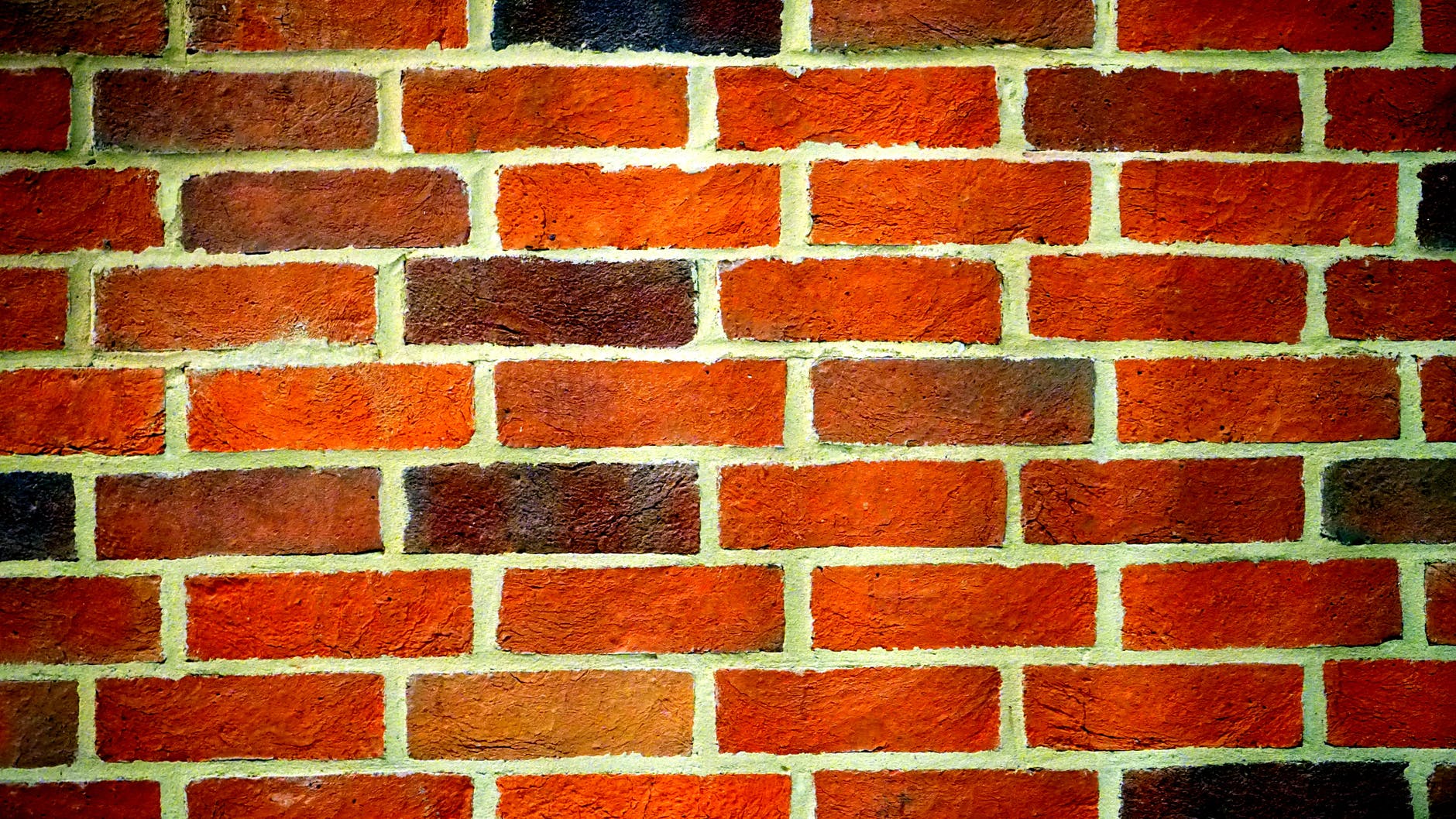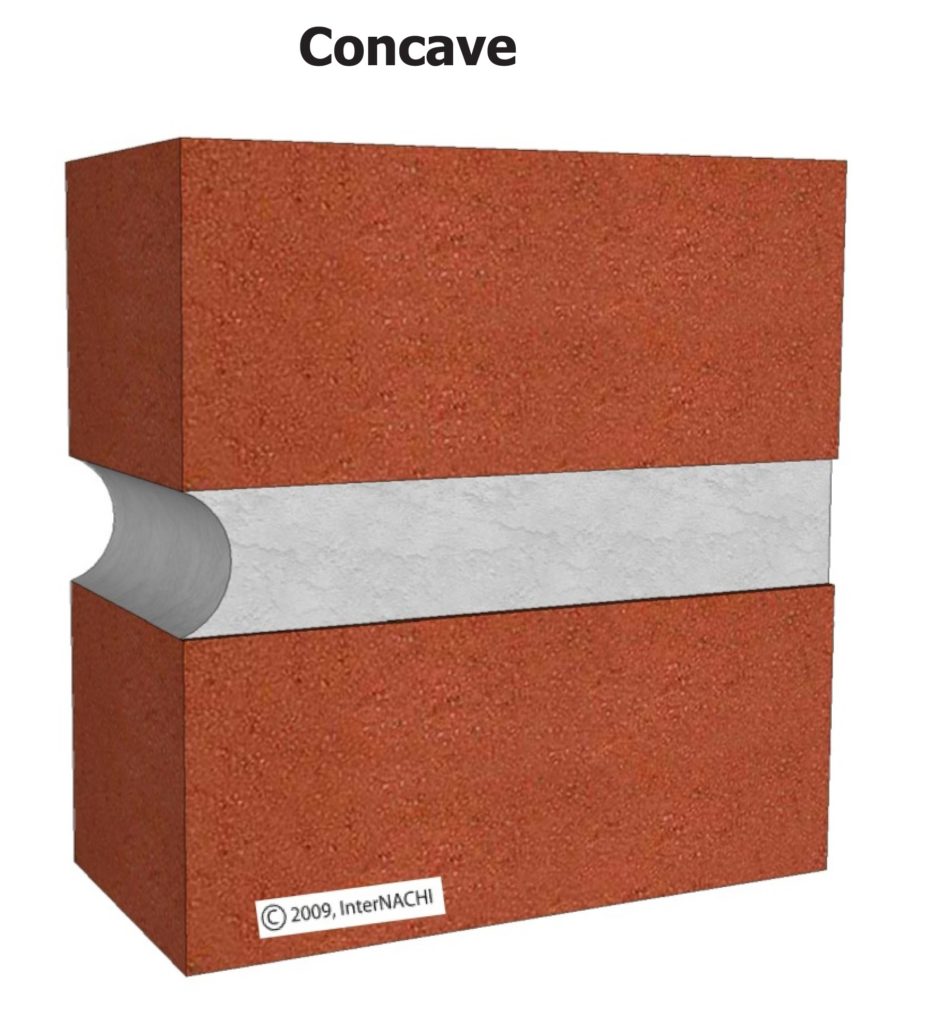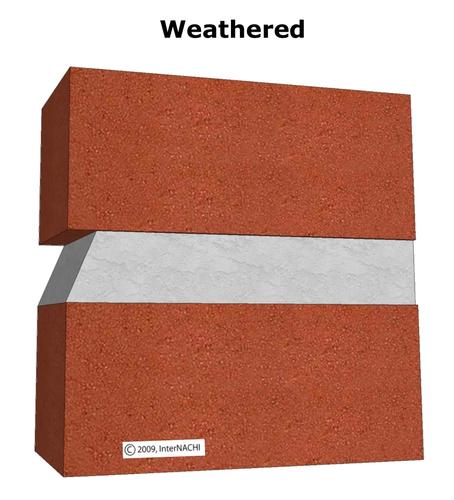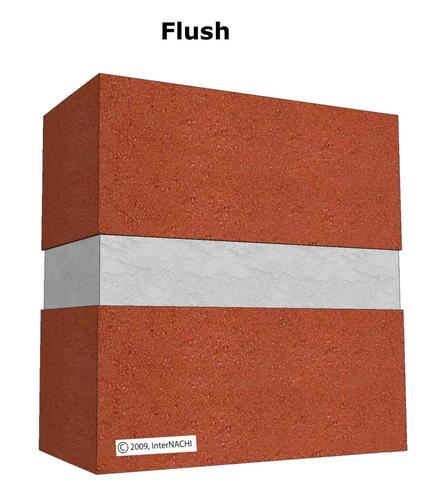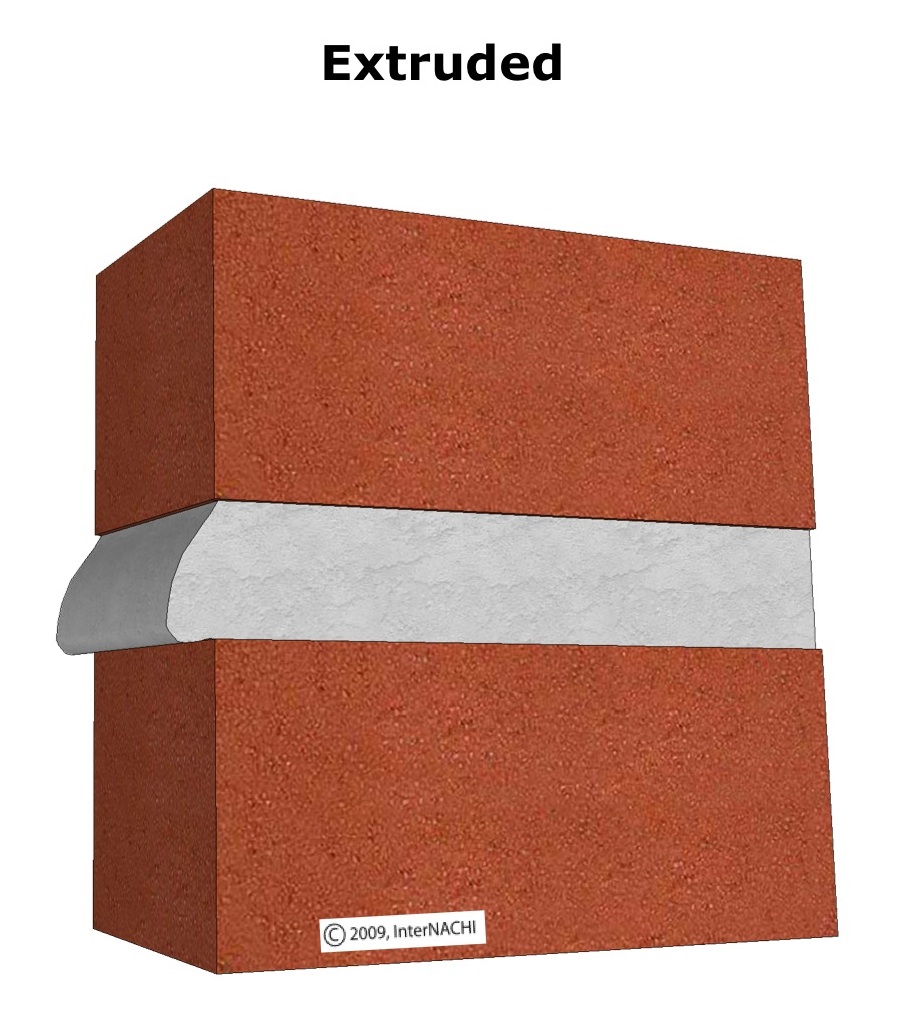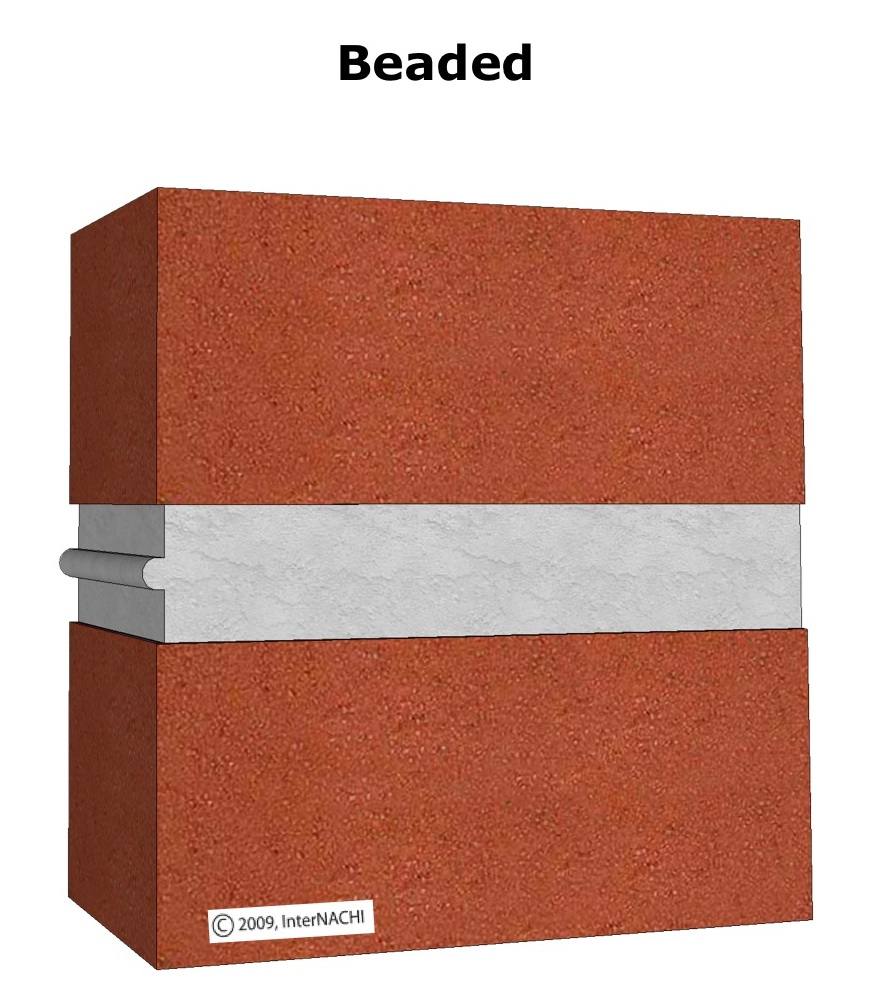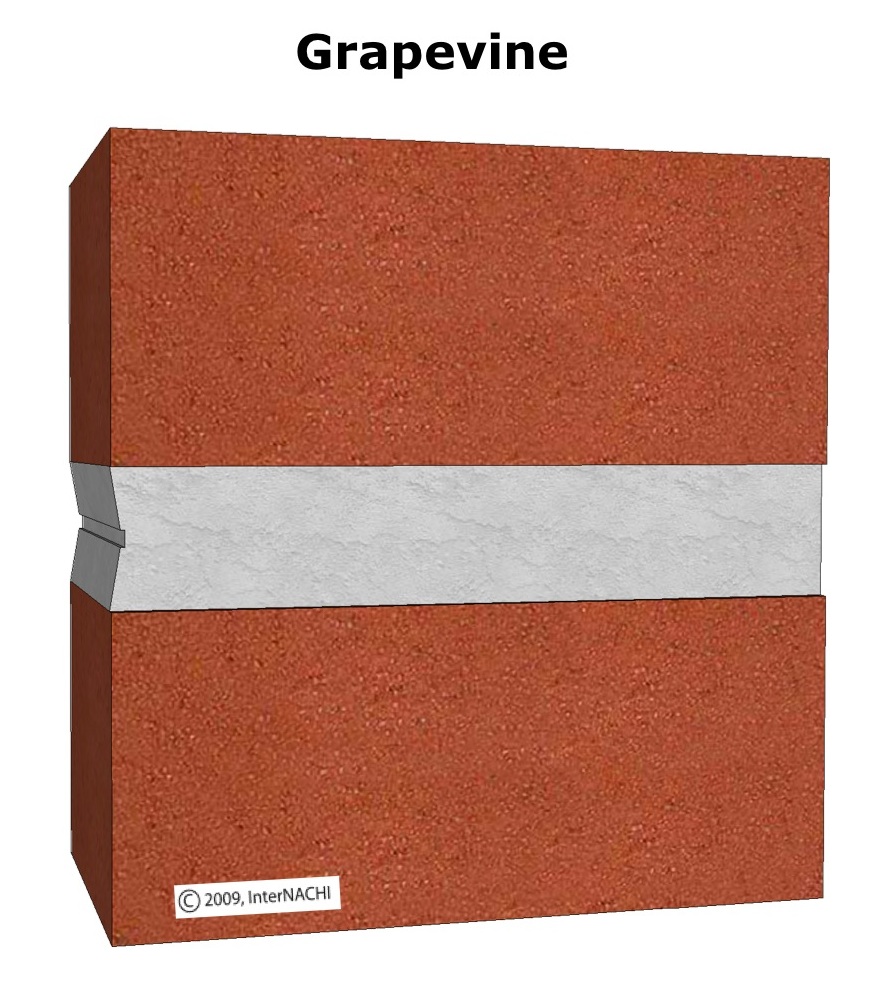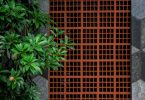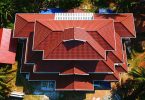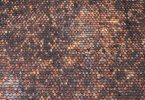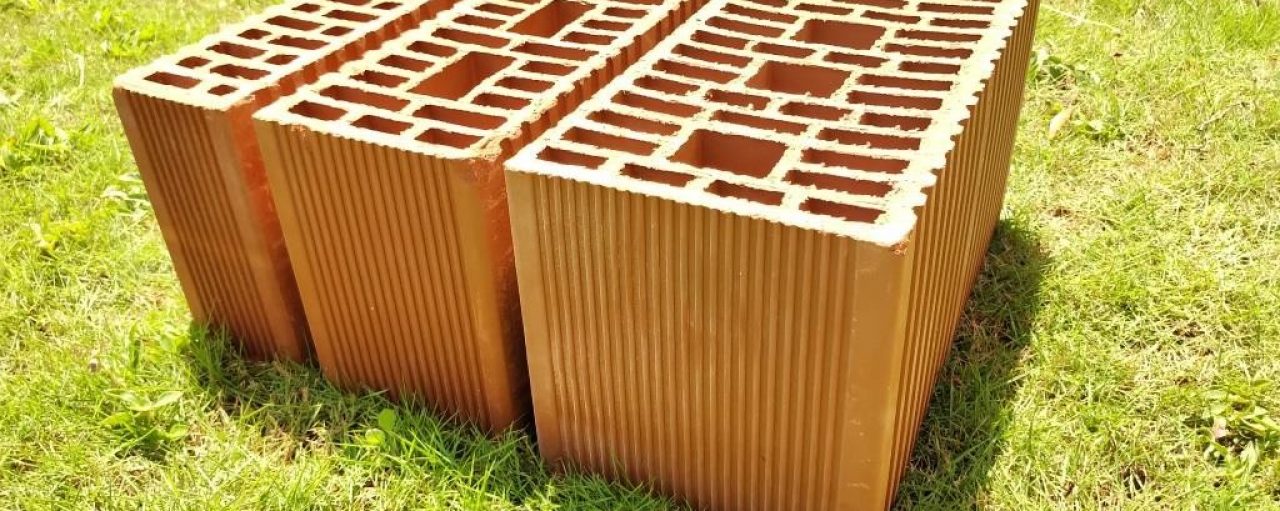We see masonry walls every day, don’t we? Some of them appear interesting and some don’t. But did we ever notice how the JOINTS in the masonry walls are formed? Well, for those who don’t know, when a masonry wall is constructed, bricks or concrete blocks are combined with mortar. The mortar can be cement mortar or lime mortar etc. But, irrespective of the type of mortar you use, the mortar joints need to be strong, water-tight, aesthetically appealing and weather resistant.
The mortar joints form the space amid the bricks or blocks which are filled with mortar mixture. The type and style of the masonry mortar joints ultimately is a deciding factor for the performance of the masonry. In addition, the kind of mortar joint used in the masonry construction also governs the overall aesthetics of the surface, especially in cases where there are no plans to plaster.
Different patterns of mortar joints not only impart a different look to the masonry wall but also ensures watertight properties and maintains the structural integrity of a free-standing wall. Below are 10 of the most common types of mortar joints used in building masonry walls.
Mortar Joints – 10 Common Types
When selecting the most suitable type of mortar joint, it is crucial to consider the desired architectural appearance and the weather resistance properties. Here are the various types of mortar joints to consider:
Vigan 1. Concave Joint
A curved steel jointing tool is used to make this mortar joint. It is one of the most popular types of mortar joint practiced due to its huge resistance to rainwater penetration and tight sealing properties. The curved steeling tool used in to make this joint allows the mortar to remain tight. A correctly placed mortar joint helps in fighting water penetration.
http://thehistoryhacker.com/2013/01/22/introduction/ 2. V Joint
Due to its “V” shape, this joint is called the “V” joint. And due to its geometry, this mortar joint doesn’t provide any form of protection from water penetration. If the joint is not compressed properly it can serve as the entry point for water, hence it needs to be tooled properly so that there is no water accumulation on the created ‘V’ groove.
3. Struck Joint
The top edge of this joint is finished flash with a brick edge and the bottom edge is recessed in this joint. The water resistance capability of this joint is immensely poor. This is because the slope of the joint pulls in water and allows it to settle on the brick. This provides it a lot of time to penetrate, hence the struck joint is most suitable for internal walls and not for the external walls.
4. Weather Joint
This one is quite similar to the struck joint, but its top edge is recessed instead of the bottom edge. Due to the slope, this joint lets the water easily shed from the joint. It is crucial that the mortar in the joint is adhered properly, failing which the chances of water movement through the underside of the joint can be more. This can result in shrinkage cracks throughout the bond line.
5. Raked Joint
This is also a very common type of mortar joint. In the raked joint the mortar is pressed a little bit inwards in a way that its approximately 2 mm recessed compared to the facing brick. Since the mortar is a little back from the face of the brick, there is not as much of cover between the face of the mortar joint and the top of the brick. The saturated mortar joints can allow water to seep in the cores and infuse throughout the wall. Like the struck joint, this one is also not recommended for exterior use due to its ledge which may allow water/snow to sit on top of the brick.
6. Flush Joint
This mortar joint is mainly used in the construction of those brick walls where the surface demands plastering and final finishing touches. Hence, these joints are ultimately hidden. Construction of this type of joint takes more time and effort to make it water resistant. In case if the flush joints are created in a manner that it stands out of the bricks, the water might sit on its top. At this point, the mortar is not compressed into the joint hence it’s tough to maintain a steady bond with the brick.
7. Extruded Joint
This type of joint doesn’t require any kind of tooling. It is formed naturally since excessive naturally squashes out and forms an extrusion amid the bricks. The extruded joints are exposed to degradation when exposed to different weather conditions.
8. Squeezed Joint
Commonly squeezed joints are seen in indoor architecture or outdoor fences. The look of this particular joint is very high textured and rustic, but it poses the threat for moisture intrusion. This is mainly because it has three sides exposed to the weather which can lead to premature deterioration and consequently increase moisture intrusion.
9. Beaded Joint
Like the squeezed joint, this joint is not recommended for the exterior building walls due to its exposed ledges. These are very commonly seen in stone foundation walls, basically, it acts as an architectural feature.
10. Grapevine Joint
The grapevine joint was very popular during America’s Colonial period, it is made using a grapevine jointer, i.e. a metal blade with a raised bead which creates a depressed line in the center of the mortar joint. The lines are mostly rough and wavy, which are generally straight but slightly irregular appearance of a grapevine. This joint is mostly used on antique-finish and matte-finish brickworks.
Final Thoughts
Whichever mortar joint you use to construct your masonry walls, one thing you should always remember is that the exterior walls should be made with tooled mortar joints like the “V” joint. In addition to that, the type of brick and the quality of mortar plays a deciding factor in which type of mortar joint would work best.
Porotherm Clay Bricks combined with the Dryfix.System is a perfect combination for building walls that are strong and weather resistant. Porotherm Smart bricks are being extensively used as quality, strength and economical value are commended upon them. They’re aesthetically beautiful and functionally smart bricks. On the other hand, the Dryfix.System is a perfect replacement for messy mortar. These help in saving the overall construction time and also helps in conserving natural resources like water and sand. Currently, these bricks are also being used by famous builders and developers and you should build your walls using Porotherm Only.
Featured Image
Curated by a building expert from Wienerberger India


